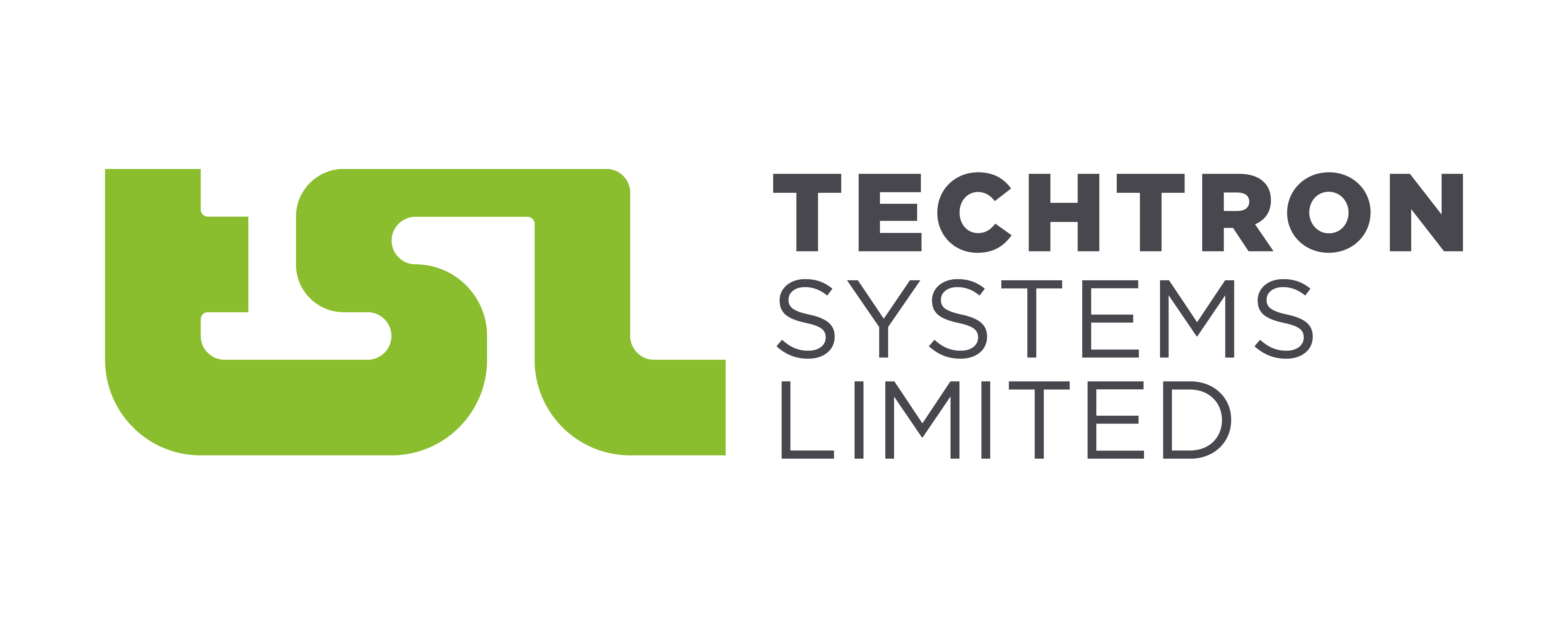Introduction
In today’s fast-evolving digital landscape, cybersecurity threats are more sophisticated and relentless than ever before. Organizations of all sizes face constant risks from data breaches, ransomware attacks, phishing schemes, and insider threats. As businesses increasingly rely on digital systems to operate, the need for robust security strategies has never been more critical. But how can organizations effectively secure their systems and data in this ever-changing environment?
This guide provides actionable insights to help organizations strengthen their cybersecurity posture and stay resilient against emerging threats.
- Understanding the Threat Landscape.
The first step in building a secure organization is understanding the evolving cyber threat landscape.
Common Cybersecurity Threats:
Phishing Attacks: Cybercriminals impersonate legitimate sources to trick employees into revealing sensitive information.
Ransomware: Malicious software that encrypts data and demands payment for its release.
Insider Threats: Employees or partners misusing access to compromise data security.
Supply Chain Attacks: Cybercriminals target third-party vendors to infiltrate organizations.
Emerging Trends in Cyber Threats:
AI-driven cyberattacks that adapt and evolve in real time.
Cloud security vulnerabilities due to misconfigurations.
Increasing attacks on IoT (Internet of Things) devices.
Consequences of Inadequate Cybersecurity:
Failure to address these threats can lead to financial losses, reputational damage, regulatory penalties, and operational disruptions.
- Building a Cybersecurity-First Culture
Security is not just a technology issue—it’s a cultural one. A strong security culture helps organizations defend against cyber threats by making cybersecurity a shared responsibility.
Key Steps to Building a Security-First Culture:
Employee Training and Awareness: Regular training programs to educate employees about the latest threats and best practices.
Security-Conscious Work Environment: Encouraging a culture of caution with policies like “Think Before You Click.”
Clear Policies and Procedures: Establishing guidelines for password management, data access, and remote work security.
By embedding security into daily operations, organizations can significantly reduce human-related vulnerabilities.
- Implementing a Layered Security Approach
A layered approach ensures multiple levels of defense, making it harder for attackers to penetrate systems.
Key Components of a Layered Security Strategy:
Defense-in-Depth: Deploying firewalls, intrusion detection systems, and encryption at multiple levels.
Regular Updates and Patch Management: Keeping software and systems up to date to close vulnerabilities.
Endpoint Security Solutions: Protecting all devices accessing corporate networks, including personal devices in remote work setups.
This multi-layered approach provides redundancy and ensures no single point of failure.
- The Role of Zero Trust Architecture (ZTA)
Traditional security models rely on perimeter defenses, assuming everything inside the network is trusted. Zero Trust takes a different approach—trust nothing, verify everything.
Why Zero Trust Matters:
Reduces the risk of insider threats.
Limits the impact of credential theft.
Provides enhanced visibility and control over data access.
Steps to Implement Zero Trust:
Define and enforce access policies based on identity and context.
Use multi-factor authentication (MFA) for all users.
Monitor and log all network activities.
Organizations that adopt Zero Trust can significantly minimize attack surfaces and improve their security posture.
- Proactive Threat Detection and Incident Response
Cyberattacks are inevitable, which makes proactive monitoring and a well-defined incident response plan crucial.
Best Practices for Threat Detection and Response:
Leverage AI and Machine Learning: Use AI-driven tools to detect anomalies and predict potential attacks.
Develop an Incident Response Plan: Outline procedures for containing and mitigating security breaches.
Conduct Regular Cybersecurity Drills: Simulate attack scenarios to test the organization’s readiness.
Proactive measures help minimize damage and ensure swift recovery in the event of an attack.
- Data Protection and Compliance
Data is the lifeblood of modern organizations, and its protection is paramount. Ensuring compliance with industry regulations helps organizations avoid legal issues and enhances trust with customers.
Best Practices for Data Protection:
Encrypt sensitive data both in transit and at rest.
Implement access controls to restrict unauthorized data access.
Regularly back up critical data to ensure recoverability.
Understanding Regulatory Frameworks:
GDPR (General Data Protection Regulation) for European customers.
HIPAA (Health Insurance Portability and Accountability Act) for healthcare organizations.
CCPA (California Consumer Privacy Act) for customer data protection.
Organizations should regularly audit their compliance with these regulations to avoid hefty penalties.
- Third-Party Risk Management
Many organizations rely on third-party vendors, but these relationships introduce additional risks.
Key Steps for Managing Third-Party Risks:
Vendor Security Assessments: Conduct thorough due diligence before onboarding vendors.
Establish Security Expectations: Include security clauses in contracts and service-level agreements.
Continuous Monitoring: Regularly review vendors’ compliance with security standards.
By managing third-party risks, organizations can prevent breaches originating from external partners.
- Cybersecurity Investment and Budgeting
Effective cybersecurity requires strategic investment in tools, personnel, and processes.
Key Investment Areas:
Cybersecurity training programs.
Advanced threat detection and response tools.
Data protection solutions such as encryption and backups.
ROI of Cybersecurity Investments:
A strong cybersecurity strategy protects against financial losses from breaches and ensures business continuity.
Leveraging Cybersecurity Insurance:
Organizations can mitigate financial risks by investing in cybersecurity insurance to cover potential losses from attacks.
Conclusion
As cyber threats continue to evolve, organizations must stay proactive, adaptive, and vigilant. A strong cybersecurity framework is no longer optional but essential for business resilience and long-term success. By fostering a security-first culture, implementing the right tools, and staying informed about the latest threats, businesses can navigate the digital age with confidence.
Call-to-Action
Are you ready to strengthen your organization’s cybersecurity posture? Start by conducting a comprehensive risk assessment and developing a tailored security roadmap today. Taking proactive steps now can safeguard your business from costly breaches and ensure operational continuity in the future.
Let TSL protect your organization today talk to us


